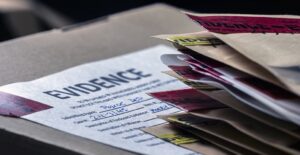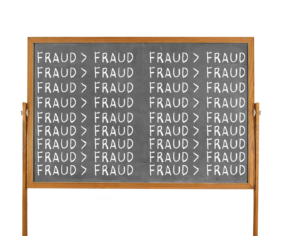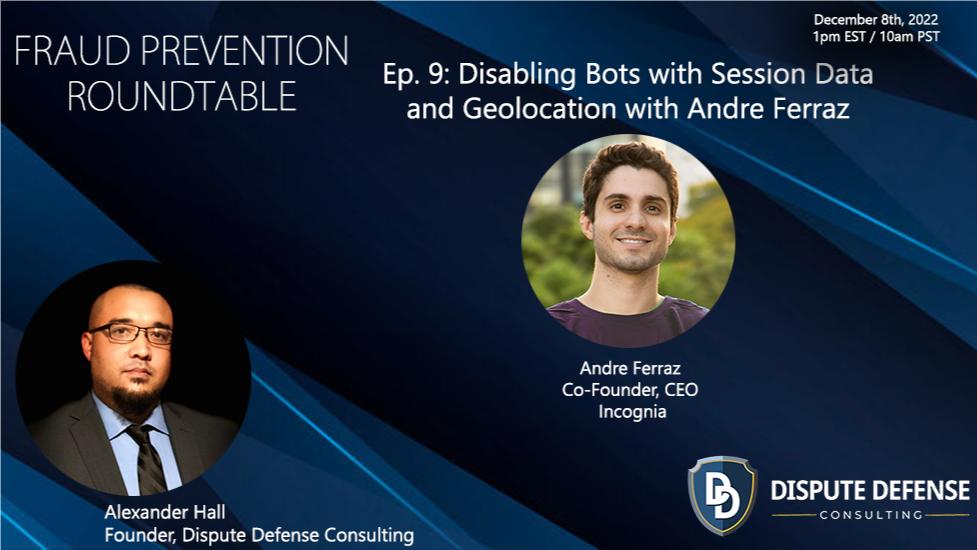I was recently asked this question and immediately my mind ran through the process. There are many sources of information and many ways to go about this. The one that I reflected on (that isn’t spoken about too often) is finding reports like this.
Geographies with the highest average credit rating across the nation.
When dealing with identity theft, the fraudster’s goal is to find a pool with the most valuable info, right?
Years ago, a similar report stated that the highest national averages were centered around the great lakes. Now it’s a bit more spread out.
Fraudsters typically don’t have operational access to the back end of systems, so a tremendous amount of deductive reasoning and trial and error are employed when authoring new methods and sourcing new pools of information.
Here are some tips for consumers to protect themselves:
1. Monitor your accounts: Go through your notification options with your accounts and make sure to be aware of actions.
2. Freeze your credit. It’s not every day that you are applying for new cards / lines of credit / rental properties/ leases / etc.
If you don’t freeze your own, a fraudster might do it for you, effectively giving them complete access to your credit / credit profile and making YOU look like the intruder to your own identity.
3. Monitor your credit reports with several (typically free) providers. Some provide up to the second notification for credit inquiries. Some track performance over time. Some will offer to help you dispute unrecognized items. plus many more.
Be proactive, my friends.





























